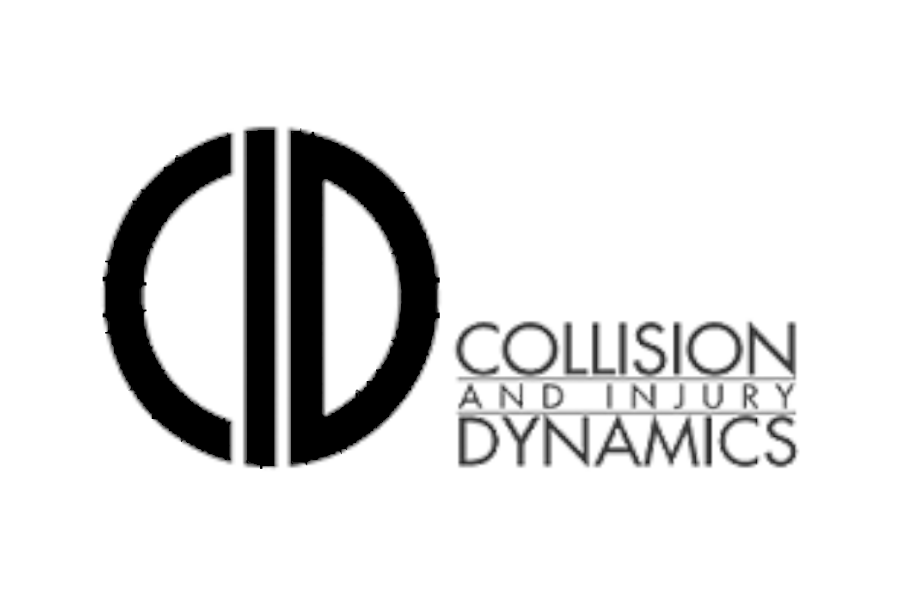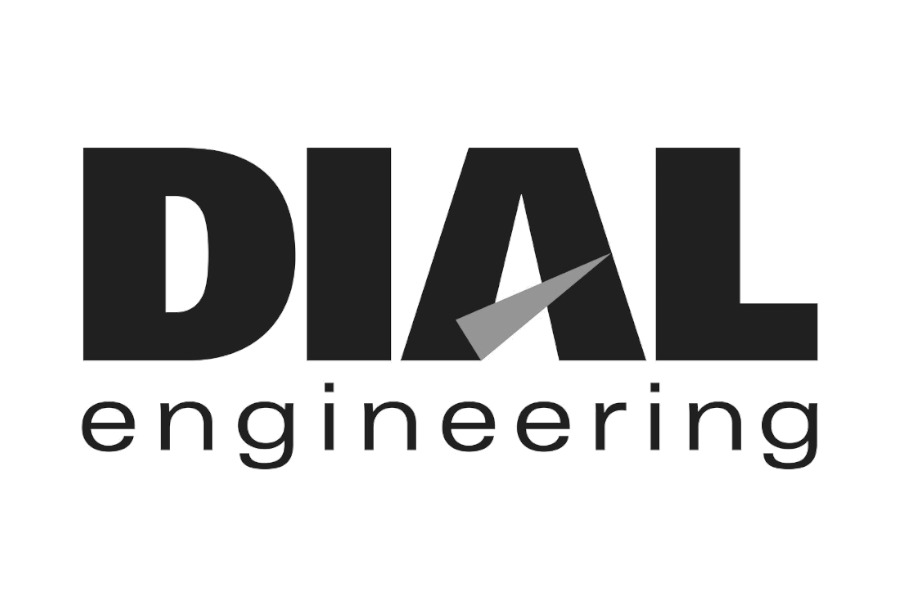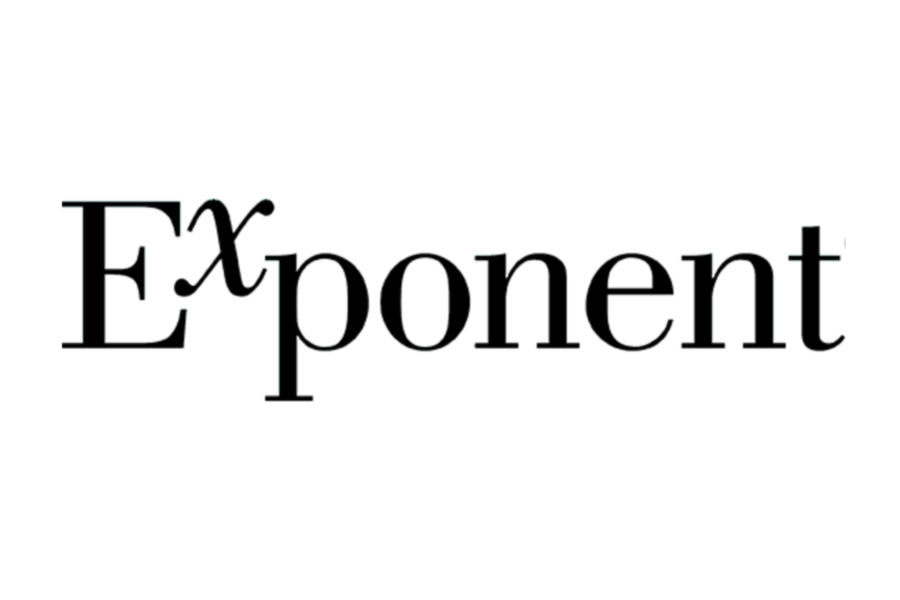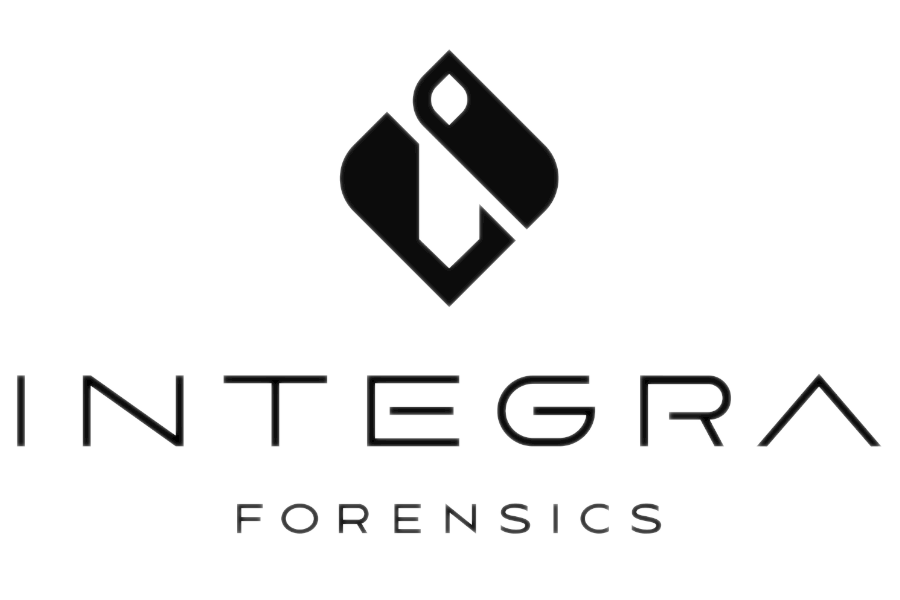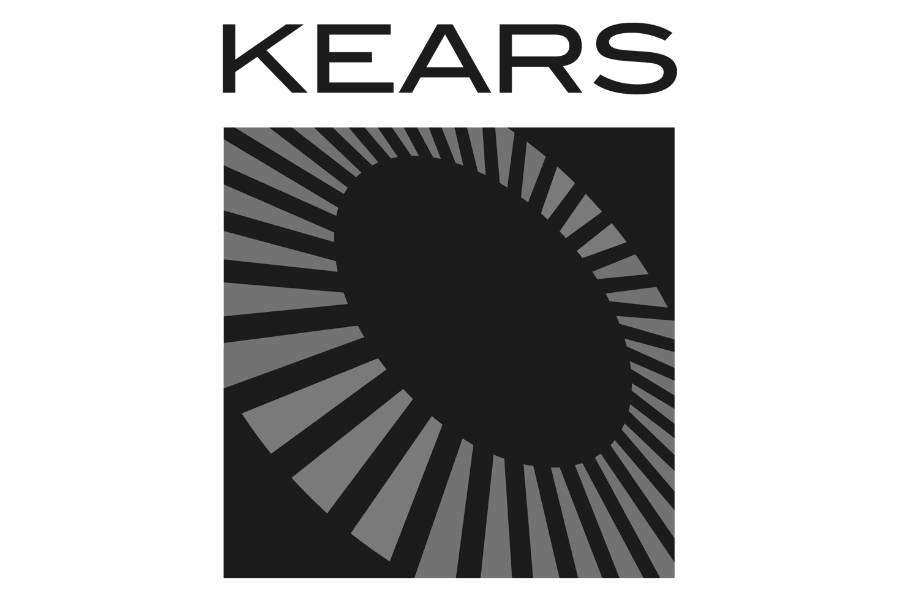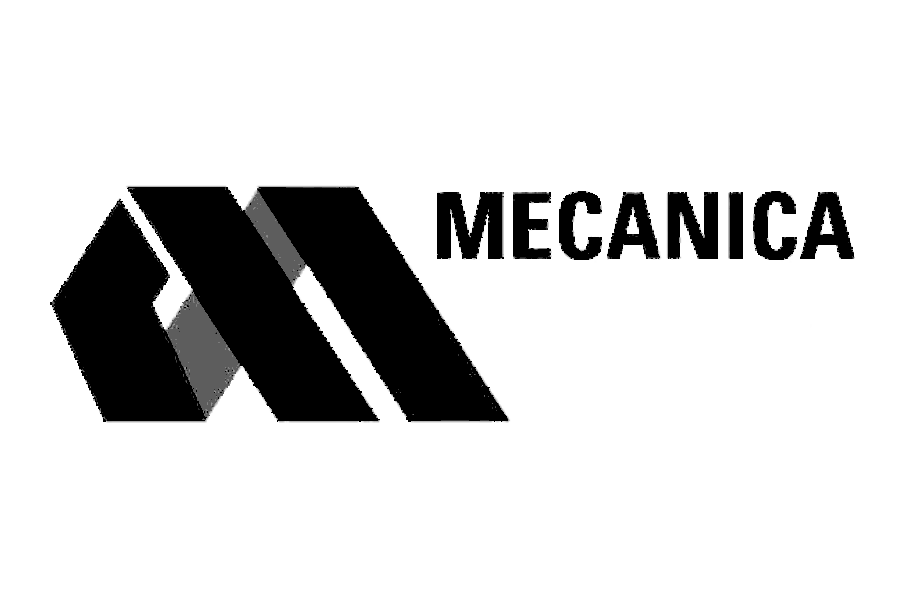sent on November 1, 2024
I had the pleasure of getting together with much of the JS Forensics crew recently to conduct some video/audio testing that should contribute to a groundbreaking study led by Henry Vega. To map the test site, the JSF crew whipped out two Leica RTC360s, a DJI Mini, and what appeared to be a yellow pizza delivery bag. In said satchel were five AeroPoints by Propeller… this week’s topic.
AeroPoints GCPs are powered by a rechargeable battery and have an integrated solar panel to keep them going.
While I’ve read about them being used for ground control points [GCPs] in many SAE papers, I’d never personally seen them in action. It works like this: spread them around your scene (corners and center), power them up, wait ten minutes while they make the appropriate connections, fly the scene, power them down, upload the data.
From there, the coordinates can be used in any drone processing software for georeferencing and improving scaling/accuracy. If you’re within the Propeller Corrections Network (check here for coverage), they report an average absolute-position accuracy of 8.46 mm.
They’re $800 a pop, and based on my limited reading, five might be a good number to have in your kit. Connecting to their Corrections Network is $600/year, so like many recon-related tools, it’s not a cheap solution. However, they’re super pro and will contribute to the creation of well-founded data.
There are several other ways to create control for your drone flight, including throwing some targets like these down and measuring their position with a scanner, total station, or RTK system. It’s all about finding the solution that works best with your toolkit and workflow, but the AeroPoints are certainly a slick option.
Thanks for reading, keep exploring!
Lou Peck
Lightpoint | Axiom
P.S. The perfect Christmas gift for Andy Rich or Greg Russell.









